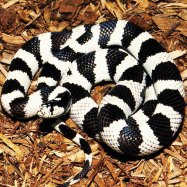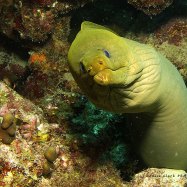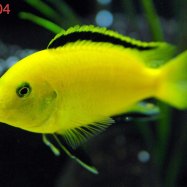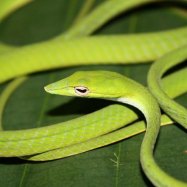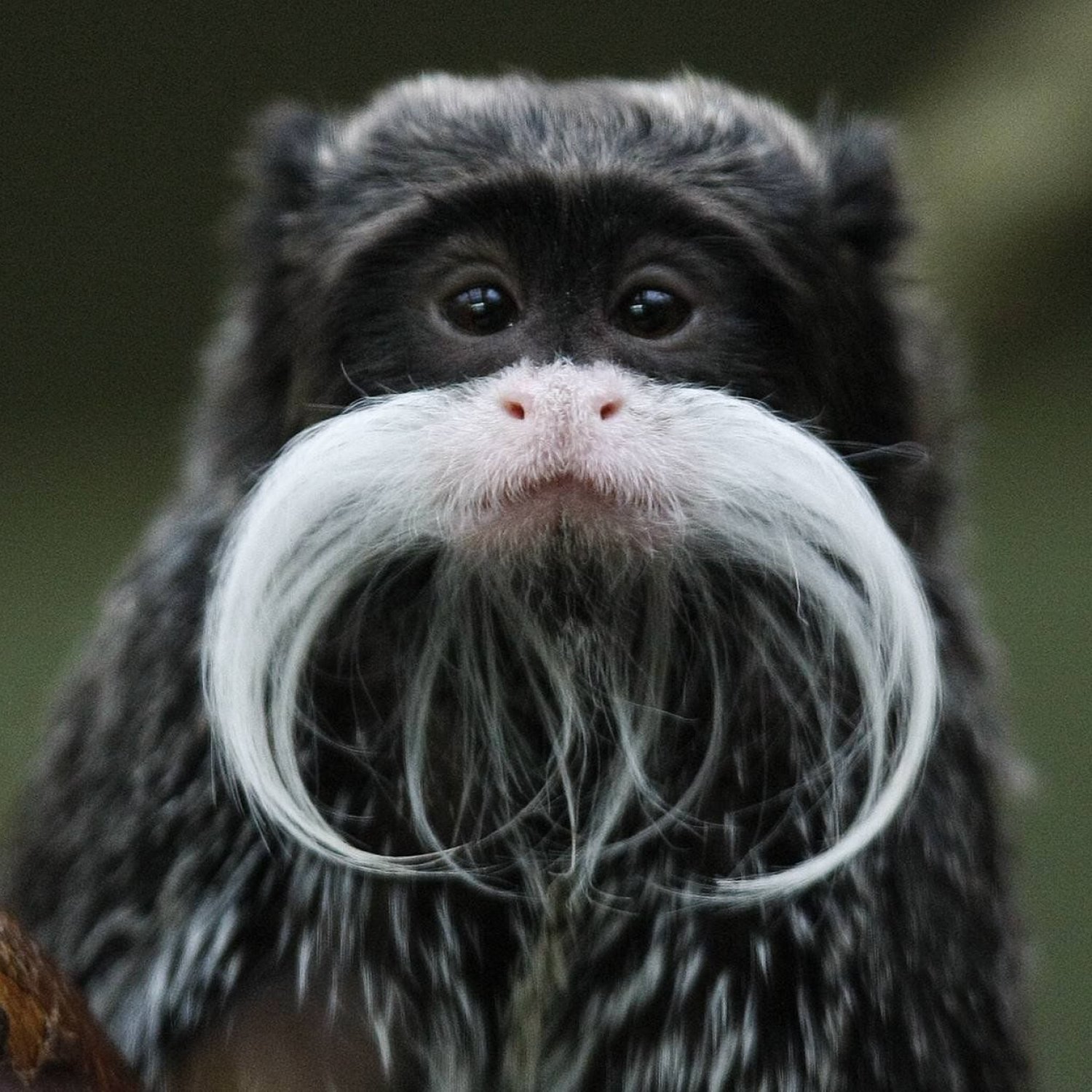
Emperor Tamarin
23 to 26 cm
Emperor Tamarin, a tiny but mighty monkey species found in the Amazon River basin, boasts a body shape that is small and slender, with a length of 23 to 26 cm. Belonging to the family Callitrichidae, this stunning creature is known for its long white mustache and is popular among wildlife enthusiasts for its adorable appearance and engaging behavior. #EmperorTamarin #AmazonRiver #Callitrichidae #Wildlife
Animal Details Summary:
Common Name: Emperor Tamarin
Kingdom: Animalia
Habitat: Tropical rainforests
Welcome to the Fascinating World of Emperor Tamarins: Cute, Intelligent Primates of the South American Rainforests
Imagine yourself lost in a dense tropical rainforest, surrounded by the sounds of chirping birds, rustling leaves, and the occasional roar of a distant waterfall. While on your journey, you come across a curious and playful creature, jumping from tree to tree with grace and agility. As you approach it, you notice its unique black, brown, and white fur, small and slender body, and large, expressive eyes. You have just encountered an Emperor Tamarin – one of the cutest and most intelligent primates native to South America Emperor Tamarin.Emperor Tamarins, also known by their scientific name Saguinus imperator, are fascinating creatures that inhabit the dense tropical rainforests of Brazil and Peru, particularly the Amazon River basin. These primates belong to the Animalia kingdom, Chordata phylum, Mammalia class, and Primates order, and they are classified under the Callitrichidae family, along with other tamarin species.
Let's delve deeper into the world of these adorable and charming creatures and discover what makes them so unique and remarkable.
Appearance and Physical Characteristics
Emperor Tamarins have a distinct appearance that sets them apart from other primates. They are small and slender, with a body length ranging from 23 to 26 cm and a weight of 400 to 600 grams. Their most noticeable feature is their long, thick, and fluffy fur that covers their entire body except for their face, hands, and feet, which are mostly hairless. Their fur can be black, brown, or a combination of both, with white markings on their chest and stomach.Their large, expressive eyes are surrounded by a unique white fur mustache, giving them a regal and endearing appearance – hence their name, Emperor Tamarins. They also have long, sharp claws on their hands, which help them grip onto tree branches as they move swiftly and gracefully through the forest canopy Elasmosaurus.
Habitat and Distribution
Emperor Tamarins are predominantly found in tropical rainforests, particularly in the Amazon River basin, which spans over several countries in South America, including Brazil and Peru. They thrive in these dense and lush forests, where they can find an abundant supply of fruits, insects, and other food sources.These primates have a home range of around 30 hectares, and they move around this space to find food and mates. They can also travel to different forest areas if necessary, making them semi-nomadic creatures.
Feeding Habits
Emperor Tamarins are omnivorous creatures, which means they have a varied diet consisting of fruits, insects, small lizards, and bird eggs. They are foraging animals, and they spend a significant amount of their time looking for food in the forest canopy.Their front teeth are sharp, making it easy for them to pierce through fruits and break open insects' shells. They also have a specialized digestive system that helps them digest complex carbohydrates and high levels of tannins found in some fruits. This adaptation allows them to consume large quantities of fruit without getting sick.
Social Structure and Behavior
Emperor Tamarins are social creatures, and they live in groups of 2 to 8 individuals, usually consisting of a dominant male, a breeding female, and their offspring. These groups are known as troops, and they work together to find food, protect each other, and raise their young.One remarkable aspect of their social structure is their cooperative breeding behavior. This means that not only the breeding female but also the other adult females in the group help care for and raise the young. This cooperative parenting system ensures the survival and well-being of the young tamarins.
Another interesting behavior of Emperor Tamarins is their communication skills. They have a complex system of vocalizations, facial expressions, and body postures, which help them communicate with each other. They also have scent glands on their chests, which they use to mark their territory and communicate with other groups.
Intelligence and Cognitive Abilities
Emperor Tamarins are one of the most intelligent primates, with a brain size that is relatively larger than their body size. They are quick learners and have excellent problem-solving skills, which they utilize to find food and avoid predators.These primates also have a good memory, which is essential for their survival in the complex rainforest environment. They can remember the location of food sources and recognize different vocalizations from other tamarin groups.
Additionally, researchers have observed that Emperor Tamarins exhibit tool-use behavior, where they use sticks and twigs to get insects out of small crevices in the trees. This behavior is a sign of advanced cognitive abilities and shows how these creatures have adapted to their environment.
Conservation Status
Similar to many other species of primates, Emperor Tamarins face multiple threats to their survival. Habitat loss due to deforestation and human encroachment is one of the main challenges these creatures face. The destruction of their natural habitat also leads to a decline in their food sources, making it difficult for them to survive.These primates are also hunted for their exotic fur, which is used for making hats and other accessories. Although regulations have been put in place to protect them from poaching, it remains a significant threat to their population.
According to the IUCN Red List of Threatened Species, Emperor Tamarins are classified as "Vulnerable," with a decreasing population trend. Conservation efforts are being made to protect the remaining populations and their habitat. One such effort is the creation of protected areas, such as national parks and reserves, where these primates can thrive without human interference.
The Role of NLP in Studying Emperor Tamarins
Natural Language Processing (NLP) is an area of Artificial Intelligence (AI) that focuses on understanding, processing, and analyzing human language in a meaningful and useful way. While studying animals, NLP plays a crucial role in helping researchers collect, organize, and analyze vast amounts of information.In the case of Emperor Tamarins, NLP can aid in studying their communication patterns and behavior by analyzing their vocalizations and body postures. NLP algorithms can also help identify and classify different vocalizations, which can provide insights into their social structure and relationships.
Furthermore, NLP can assist in data mining and sentiment analysis of social media posts and articles related to Emperor Tamarins. This can help researchers understand public perceptions and attitudes towards these creatures and their conservation efforts. NLP can also aid in analyzing data from satellite imagery to monitor deforestation and habitat loss in the areas where these primates live.
In short, NLP is a powerful tool that can aid in the conservation and understanding of Emperor Tamarins and other species of animals.
The Fascinating World of Emperor Tamarins: A Treasure of the Rainforest
Emperor Tamarins are truly fascinating creatures that have captured the hearts of many animal lovers around the world. Their unique appearance, intelligent behavior, and important role in their ecosystem make them a treasure of the rainforest.However, these precious creatures face several threats that endanger their survival. Therefore, it is crucial to continue conservation efforts and raise awareness about the importance of preserving their natural habitat. With the help of advanced technologies such as NLP, we can continue to learn more about these adorable primates and work towards ensuring their survival for future generations to appreciate and admire.

Emperor Tamarin
Animal Details Emperor Tamarin - Scientific Name: Saguinus imperator
- Category: Animals E
- Scientific Name: Saguinus imperator
- Common Name: Emperor Tamarin
- Kingdom: Animalia
- Phylum: Chordata
- Class: Mammalia
- Order: Primates
- Family: Callitrichidae
- Habitat: Tropical rainforests
- Feeding Method: Omnivorous
- Geographical Distribution: South America
- Country of Origin: Brazil, Peru
- Location: Amazon River basin
- Animal Coloration: Black, brown, and white
- Body Shape: Small and slender
- Length: 23 to 26 cm

Emperor Tamarin
- Adult Size: Approximately 700 to 900 grams
- Average Lifespan: Approximately 15 years
- Reproduction: Sexual
- Reproductive Behavior: Polyandrous mating system
- Sound or Call: High-pitched whistles
- Migration Pattern: Non-migratory
- Social Groups: Groups of 2 to 8 individuals
- Behavior: Diurnal and arboreal
- Threats: Habitat loss and fragmentation, illegal pet trade
- Conservation Status: Endangered
- Impact on Ecosystem: Seed dispersal
- Human Use: Source of scientific research and eco-tourism
- Distinctive Features: Long mustache-like white fur, darkly colored body
- Interesting Facts: They are named 'Emperor' due to their long white mustache which resembles Emperor Wilhelm II of Germany
- Predator: Birds of prey, large snakes, and wild cats

Saguinus imperator
The Fascinating World of Emperor Tamarins: Endangered Primate and Guardian of the Amazon
The Amazon rainforest is home to some of the most diverse and unique species on the planet, and among them is the Emperor Tamarin (Saguinus imperator). With its distinctive features and fascinating behaviors, this small primate has captured the hearts of scientists and eco-tourists alike. However, despite their charismatic appeal, these tamarins are facing numerous threats in their natural habitat, making them an endangered species. In this article, we will delve into the world of Emperor Tamarins, shedding light on their physical characteristics, behavior, and the importance of their role in the ecosystem PeaceOfAnimals.Com.A World of Minuscule Wonders: Physical Characteristics
Emperor Tamarins are small primates, measuring around 23 to 26 centimeters, with a tail of about 35 centimeters. They weigh approximately 700 to 900 grams, making them one of the smallest primates in the world. Their small size, however, does not compromise their cuteness and unique appearance.One of the most distinctive features of Emperor Tamarins is their long mustache-like white fur, which extends from their cheeks and covers their entire upper lip, resembling the mustache of Emperor Wilhelm II of Germany. Hence, they are named “Emperor” tamarins. This white fur along their face is in stark contrast to their darkly colored body, which ranges from dark brown to black. This coloration serves as camouflage against predators in the dense Amazon rainforest.
Their tail, which is almost twice the length of their body, serves as an essential balancing tool as they move through the trees. It is also used for communication, with different tail movements and positions conveying different messages within their social groups English Cocker Spaniel.
A Polyandrous Mating System and Other Quirky Behaviors
Emperor Tamarins are diurnal and arboreal, meaning they are most active during the day and spend most of their time in the trees. They have a non-migratory pattern, which means they do not have a specific migration route and stay within a particular region throughout the year.What makes Emperor Tamarins even more fascinating is their unique reproductive behavior. They have a polyandrous mating system, where one female mates with multiple males within the social group. This behavior is rare in mammals and is thought to have evolved as a way to increase the genetic diversity within the group.
Emperor Tamarins are also highly vocal, communicating with a variety of high-pitched whistles. Each tamarin has its own distinct call, which helps in identifying individuals within their group. These calls are also used to warn of predators and to maintain the cohesion of the group.
They live in social groups of 2 to 8 individuals, consisting of one breeding female, multiple males, and their offspring. The males are responsible for caring for the young, grooming them and carrying them on their backs. This cooperative care system has allowed Emperor Tamarins to thrive in their complex environment.
Threats and Conservation Status
Despite their resilient nature, Emperor Tamarins are facing numerous threats in their natural habitat. The biggest threat comes from habitat loss and fragmentation due to deforestation for agriculture and urbanization. This destruction of their habitat not only reduces their living space but also cuts off their access to food sources, making it challenging for them to survive.Another major threat to Emperor Tamarins is the illegal pet trade. Due to their small size and cute appearance, they are highly sought after as exotic pets. This not only puts pressure on their population but also separates family units and disrupts their social behaviors. In some cases, tamarins are even kept in unsuitable conditions, leading to health problems and a shortened lifespan.
As a result of these threats, the International Union for Conservation of Nature (IUCN) has listed Emperor Tamarins as an endangered species. According to a study conducted by the IUCN, the population of Emperor Tamarins has declined by 50% over the past 36 years. If the current trend continues, these majestic creatures may face extinction in the near future.
The Importance of Emperor Tamarins in the Ecosystem
Apart from their adorable appearance, Emperor Tamarins play a crucial role in maintaining the balance of the Amazon rainforest. As frugivores, they feed on fruit, and in doing so, they help in the dissemination of seeds throughout the forest. This process is vital for the regeneration and diversity of plant species, making Emperor Tamarins key players in the ecosystem.Human Use: A Source of Scientific Research and Eco-Tourism
While human activities have played a significant role in the decline of Emperor Tamarin populations, humans have also recognized their value and potential in scientific research and eco-tourism. Scientists have studied these primates to better understand their complex social behavior and polyandrous mating system.Emperor Tamarins have also become a popular attraction for eco-tourists, offering an up-close and personal experience with these fascinating creatures. This has not only helped in raising awareness about their endangered status but has also provided an alternative source of income for local communities, encouraging them to protect the tamarins and their habitat.
Emperor Tamarin: Guardian of the Amazon
In conclusion, Emperor Tamarins are much more than just cute and unique-looking primates. They play a vital role in the Amazon rainforest, contributing to its rich biodiversity. However, their population is facing a significant decline due to human activities, and urgent measures need to be taken to ensure their survival.As guardians of the Amazon, it is our responsibility to protect and conserve these remarkable creatures and their habitat. Whether it is through supporting conservation efforts, avoiding products that contribute to deforestation, or educating others about the importance of these tamarins, we can all play a part in preserving their existence. Let us work together to ensure that these tiny but mighty creatures continue to thrive in the vast Amazon rainforest.

Welcome to the Fascinating World of Emperor Tamarins: Cute, Intelligent Primates of the South American Rainforests
Disclaimer: The content provided is for informational purposes only. We cannot guarantee the accuracy of the information on this page 100%. All information provided here may change without prior notice.



